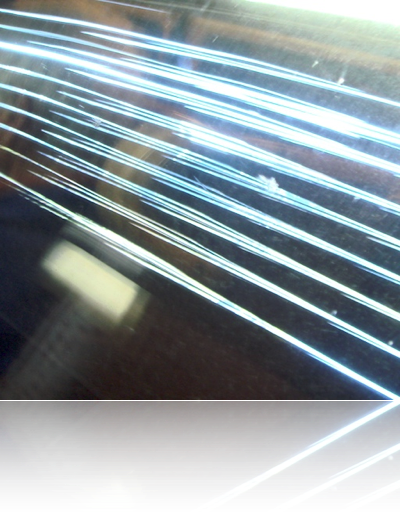bergen elit

Last weekend, there was an eliterature conference in Bergen, at which I presented some of my work. I got some positive reactions, which is always good.
I had intended to recite live, but I was unable to set up my laptop because it still hadn’t reached me. Instead, I presented an earlier version of this quicktime movie.
Because my set required me to aim a mouse and press the button, once, I didn’t get round to resisting the wine. This is possibly why it was a mistake to ask me to man the mixing desk. I was fine at the beginning, but soon got flummoxed by some problems with the sound for one presentation. By the end, I completely failed to tell the announcer that some microphones work better when switched on, so he had to shout. Not my finest hour.
Despite my contribution, though, there were some fine presentations on that Thursday, and the Friday. The conference itself contained some fascinating papers. The full programme’s here.
Of the presentations, many were concrete. There was at least one other video, some interactive works, and even a novel with google maps.
I’m not convinced that interactive poetry, as yet, adds anything significant to poetic effect. Well, to be precise, I’m not convinced that what it can add has been found.
For performances, interactive poetry can’t be too scripted, otherwise an audience wouldn’t so much interact as plain act. The two established areas, that I can think of, where successful performances occur without detailed scripting are jazz, especially jamming, and improvised comedy. In improv, audience involvement tends to be directed and minor, seeds for a subsequent improvisation by those on the stage. In jamming, the audience members who participate do so by becoming performers.
I’d like to explore direct audience interaction myself, but I need to think through possible mechanisms. More, I’ve a slight problem of a lack of an available audience: I’m hoping Devon or lillibulero might solve that one in the new year.
It’s worth mentioning that normally, when I recite, I select poems at the time, based on the audience and what’s happened beforehand. This is to heighten the potential poetic effect by making the set more relevant, it’s not audience interaction.